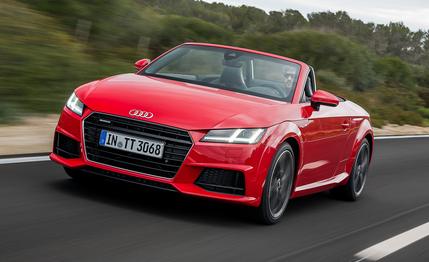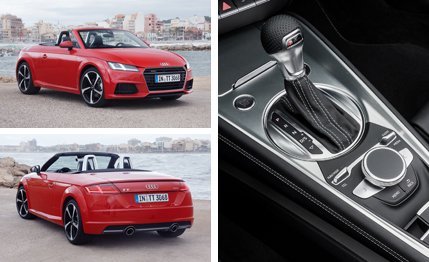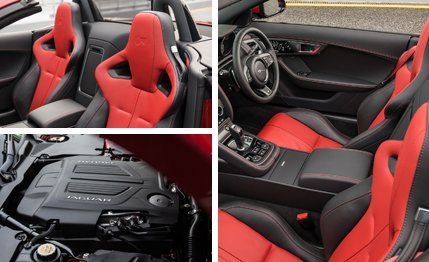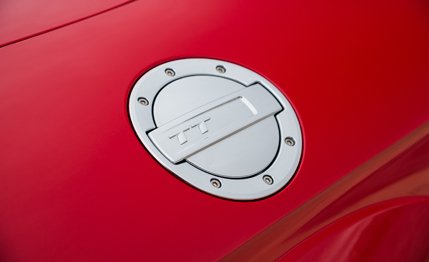
 First Drive Review
First Drive Review
The original Audi TT was shown first in coupe form, but its iconic shape has always worked especially well as a roadster. Now Audi is launching the top-down variant of the third-generation TT. We drove the coupe at the Ascari racetrack last summer, and now we’re just back from the mountains on the island of Mallorca, perhaps the most perfect setting for the topless TT.
The TT roadster’s exterior design is evolutionary and shares its proportions with the two preceding generations. The sheetmetal is slightly more chiseled and angular, and with the Audi rings moved to the hood, R8-style, the grille becomes even more dominant and aggressive than before. At the rear, the third brake light spans the entire width of the vehicle, connecting the taillamps. The Audi is still compact overall, a welcome trait in congested places like New York City and San Francisco.


Greater changes have taken place under the skin, which is stretched over the Volkswagen Group's weight-saving MQB architecture. There is an impressive range of assistance and telematics systems, but the show-stealer is the new dashboard, which reduces clutter to a minimum (although distraction may increase). The 12.3-inch TFT display in front of the driver renders a central screen superfluous, and with the controls on the steering wheel, even the MMI controller and touchpad on the center console are redundant. (Audi has retained the knob and pad for the benefit of the front-seat passenger.)
Under the hood, Audi has packed two versions of the ubiquitous EA888 2.0-liter TFSI engine. In the TT roadster, it makes 220 horsepower; the TTS roadster gets 292 horsepower, but don’t get too excited, as only the regular droptop TT is coming to the U.S. market. The 2.0-liter is paired with the VW Group's DQ250 "wet" six-speed dual-clutch automatic. It provides ultraquick and seamless shifts, and the powertrain is tuned to bark delightfully when shifting at full throttle. In normal operation, the TT's soundtrack is pleasantly silky and free of unwanted vibrations.


Most customers will be served perfectly well by the 220-hp engine. We expect it will zip from zero to 60 mph in 5.2 seconds, with the top speed governed at 155 mph. Although it’s not yet EPA-rated, we predict the TT’s window sticker will trumpet fuel-economy figures of 24 mpg city and 32 mpg highway.
The MQB architecture is front-drive-based, but the TT comes standard with all-wheel drive and the car eagerly rotates in corners. The electromechanical power steering is on the light side, but it offers sufficient feedback, and driving the roadster fast is absolutely effortless. It’s as playful as it is forgiving—in marked contrast to the first-generation TT, which was prone to lift-off oversteer at high speeds.


The TT roadster loses the virtually unusable rear seats of the coupe, instead using the space for the folded fabric top, which opens and closes in a scant 10 seconds. Even with the top lowered, the trunk retains a capacity of 9.9 cubic feet. The interior is protected from excessive wind buffeting, and you will find yourself lowering the top a lot, even in cool weather. The driver and passenger enjoy sufficient space and plenty of comfort; as you’d expect from Audi, the cabin materials and workmanship are impeccable.
When it reaches U.S. shores sometime this summer, the TT roadster will face stiff competition from the likes of the BMW Z4, the Mercedes-Benz SLK, the Porsche Boxster, and the Nissan 370Z. If it's sheer power you're after, you might even want to cross-shop the new Corvette. But the TT roadster continues to masterfully blend style and sophistication, refinement and sportiness in ways many of its competitors don’t—even if Audi seems to prefer the car in coupe form.